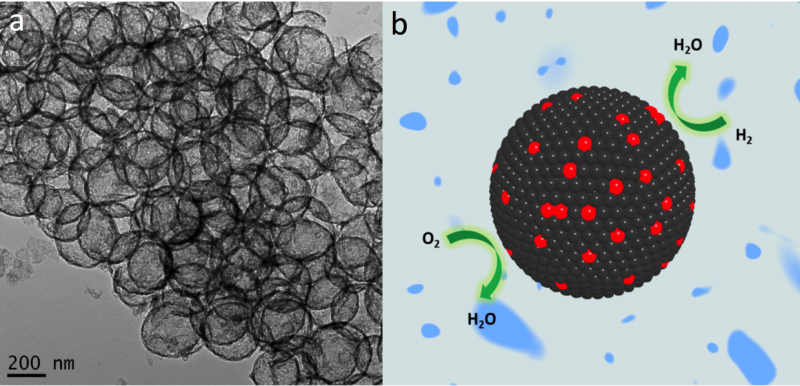Project summary
Fuel cell stacks are the key element of fuel cell vehicles (FCV), which are considered as promising alternatives to the traditional fossil fuel-powered cars. The performance of fuel cell stacks are determined by two sluggish electrochemical processes involved, namely the anodic hydrogen oxidation reaction (HOR) and the cathodic oxygen reduction reaction (ORR). Currently, platinum (Pt) and its alloys are considered as the benchmarks for both HOR and ORR, while the exorbitant cost and scarcity of Pt have severely restricted its widespread applications.
This project dedicates to fabricate novel carbon-based catalysts for ORR and HOR, and boosting their catalytic activity by controlling the morphology, optimizing the compositions as well as doping with isolated metal atoms (e.g. Fe, Co and Ni). Moreover, more depth studies will be carried out to understand the catalytic mechanisms and reaction pathways of ORR and HOR, which will facilitate the further optimization of catalyst materials to reach a level similar, or even superior to their Pt based counterparts. Finally, the active non-precious material-based catalysts will be carefully selected, and assembled into cost-effective fuel cell stacks with considerable durability and electricity output.
Figure 1. (a) TEM image of a hollow sphere structured catalyst. (b) Schematic illustration of ORR and HOR on the hollow sphere structured catalyst
PartCat houses one of the best electro/photocatalyst fabrication and characterization facilities available in Australia. PartCat has a long history in catalysis and has already developed well-equipped laboratories for materials synthesis including hydrothermal methods, flame-spray pyrolysis and reaction systems, which are coupled with product analysis instruments (Autolab, RRDE, GC, TOC, HPLC, MS).
Supervisor:
- Prof Rose Amal
- Dr Xunyu Lu
